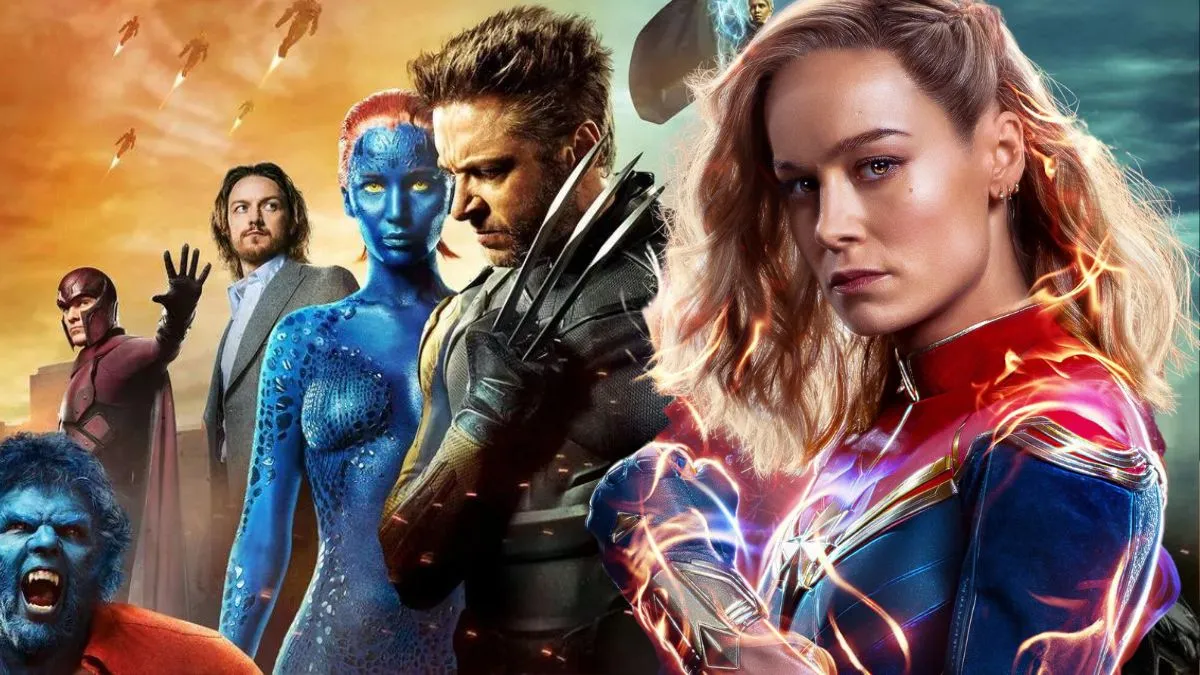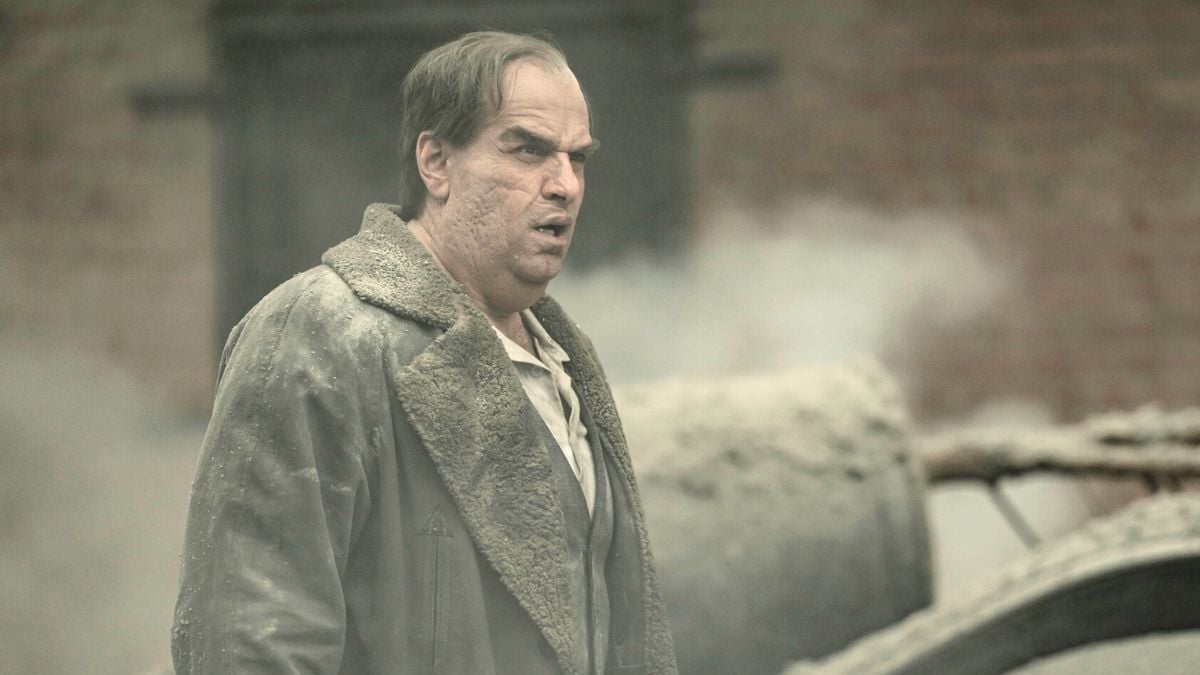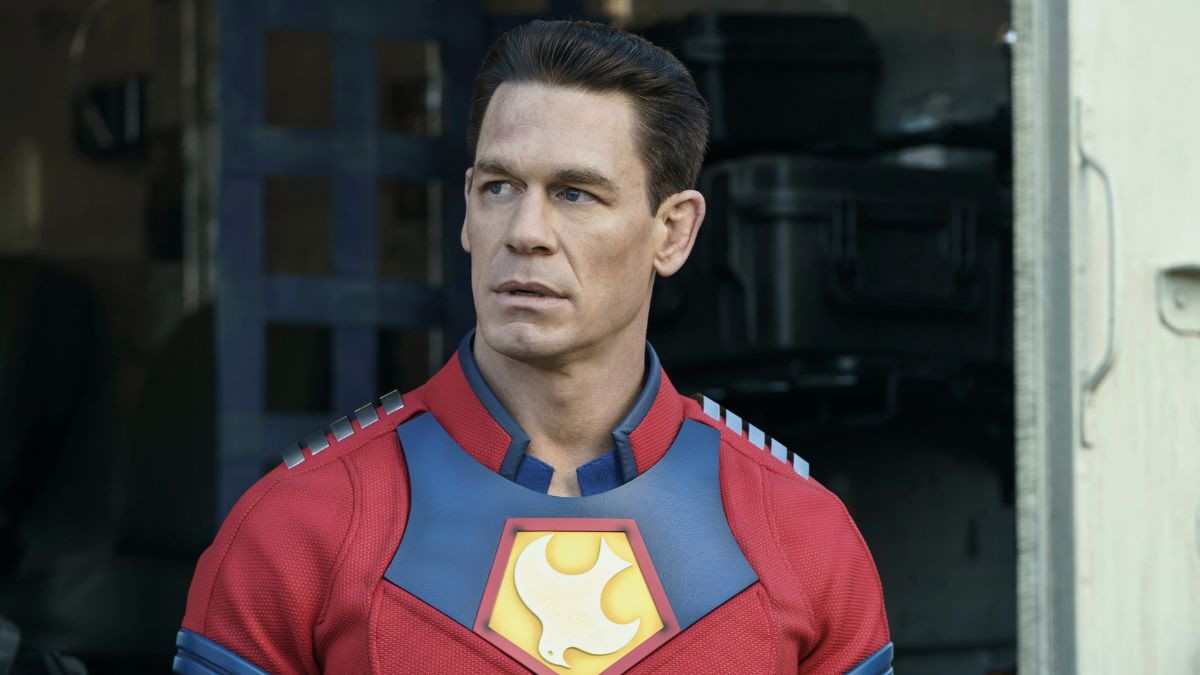Unfortunately for Marvel fans, Eternals did not light up the cinemas or the critics when it premiered in November. In fact, the two-and-a-half hour long blockbuster received mostly “meh” reviews. But the story of the original comic heroes and their inspiration is anything but.
Jack Kirby originally left Marvel Comics to join their main competitor, DC, in 1970, but he didn’t last there very long. When his comics failed to sell well, he kept jumping the shark with ideas that nobody was interested in and later returned to Marvel with tail between his legs, but they welcomed him back with open arms.
The first thing he created upon his return was the deeply science-fiction series called Eternals, a tale of timeless alien beings who were responsible for mankind’s evolution through the ages and involved in the major moments that shaped history.
The inspiration for this is somewhat controversial, but nonetheless very interesting.
‘Eternals’ inspiration
In 1968, German writer Erich von Däniken published a book called Chariot of the Gods? which hypothesised that alien beings had visited Earth many times in our past and were responsible for things such as the pyramids, Mesopotamian society, many religions, and pretty much all technological advancements.

The book is controversial for a few reasons. One, it’s not based on almost any fact and is pure speculation that was unfortunately picked up as a credible theory to mysteries around ancient civilisations. Two, there seemed to be a big pattern of aliens doing these interventions in exclusively non-European places. Exclusively it seemed to be Africa, Middle East, South and Central America, Asia, and Australia. There wasn’t much questioning on European civilizations.
Three, von Däniken is not a reliable witness, as he’d been convicted of fraud and embezzlement prior to the book’s release and has been accused of European ethnocentrism and plain old racism.
Four, he really didn’t do much research. There’s some very clear and obvious things that he bungled, and Carl Sagan had this quote on von Däniken’s theories as a forward for the book The Space Gods Revealed? by Ronald Story, a response to von Däniken’s many theories.
“That writing is as careless as von Däniken’s, whose principal thesis is that our ancestors were dummies, should be so popular is a sober commentary on the credulousness and despair of our times. I also hope for the continuing popularity of books like Chariots of the Gods? in high school and college logic courses, as object lessons in sloppy thinking. I know of no recent books so riddled with logical and factual errors as the works of von Däniken.”
The core idea of ancient civilisations being aided by ancient aliens is a fairly popular pseudoscience and pseudoarchaeology subtopic. But it’s important to discern here that Jack Kirby never said he believed in this, but he found it to be an interesting concept. And who can blame him? It is a great idea.
The first ‘Eternals’ attempt

Jack Kirby originally had this idea when working for DC, publishing a quickly-canceled series called New Gods. It didn’t sell well, and this was the major catalyst for his divorce from DC.
Upon returning to Marvel in 1976, he continued this idea again, but pitched it as Return of the Gods. It was definitely meant as a continuation of the same story but had to be edited down and undergo a title change for legal reasons. Then it became The Celestials, but that didn’t stick for long, either.
Eventually, it ended up with The Eternals and was a grand, space-sprawling epic around these omnipotent gods. Filled with beautiful splash pages and ridiculous ’60s art from Kirby, it had a certain appeal. It can be seen now as a reminder of what Marvel comics were often about before superheroes got as big as they did⏤weird science fiction and sci-fi fantasy.
It didn’t last long and got canceled before it resolved its many subplots and character arcs. It was testament to Kirby’s creative drive that it was even ever released.
Later rebirth
After the 1976 comic run, the Eternals were nowhere to be seen in Marvel. Sporadic appearances in comics like Thor and plots involving Thanos were as much as they got. Another attempted 12-part series came in 1985 but was plagued with creative differences.
It wasn’t until famed writer Neil Gaiman wrote a formative 2006 miniseries that we got what we can now see as the major basis for the 2021 film.
Gaiman did a very Gaiman job of it, with a great reinvention of the Eternals while staying true to Kirby’s ideals around the series. The most stunning thing of all is that it makes you genuinely care about what are essentially gods and also feel for their struggles. Important to note is that this happened during the Civil War comic event and acted as almost a B-plot to the Earth-based shenanigans taking up the majority of the Marvel Universe.
The characters are set predominantly in the modern-day world much like they are in the movie and have a complex series of relationships with each other and their attachment to Earth and humanity.
Becoming a blockbuster

In April 2018, Marvel Studios president Kevin Feige announced that a writing team had been assembled to adapt the comic book characters to the Marvel Cinematic Universe. The search for a director was soon on, and Chloe Zhao (Nomadland) put her name in for consideration.
Zhao was then hired by September 2018 and casting began. Angelina Jolie had long been rumored for a role in the Marvel Cinematic Universe and joined the cast of Eternals in March 2019. The cast was filled out by July, and during San Diego Comic-Con 2019 was fully assembled to include Gemma Chan, Kit Harington, Kumail Nanjiani, and Don Lee, among others.
Due to the COVID-19 pandemic, the release date was shifted twice, first from a Nov. 2020 and then to Feb. 2021 before it finally hit cinemas in Nov. 2021.
The reception to Eternals has been mixed at best, with discourse ranging from “this should win Oscars” to “this is immensely dull and stupid.” Regardless, Eternals is finally here. Jack Kirby’s passion project has reached the mainstream 50 years after his first attempt, its inspirations a time capsule of the 1960s and 1970s and a testament to human curiosity of our past, if misguided.






Published: Dec 8, 2021 03:44 pm